Water Treatment
Introduction
Water treatment is a scientific process that involves the removal of impurities and contaminants from water to make it suitable for specific uses such as drinking, irrigation, industrial water supply, and river flow maintenance. The process employs a variety of physical, chemical, and biological methods to purify water and ensure its safety and cleanliness. Polluted water can pose significant health risks to humans and animals and can also adversely affect the environment.
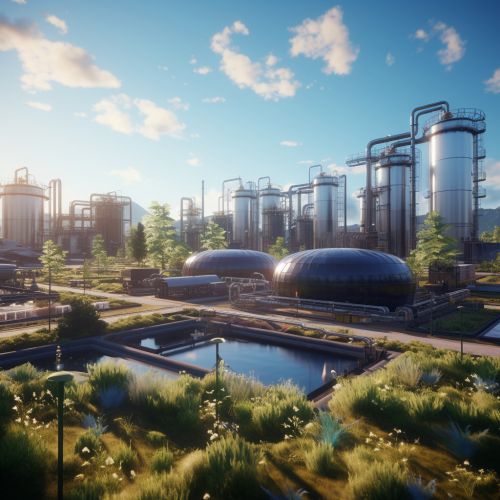
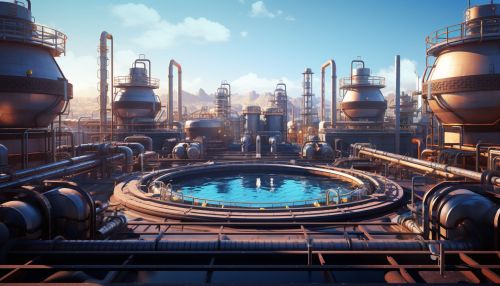
Types of Water Treatment
There are several types of water treatment processes, each designed to remove certain types of contaminants and make water safe for specific uses. These include physical, chemical, and biological water treatment processes.
Physical Water Treatment
Physical water treatment processes involve the use of physical methods to remove contaminants from water. These methods include filtration, sedimentation, flotation, and distillation.
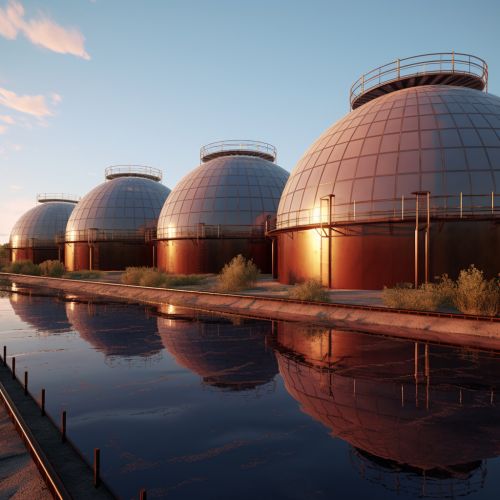
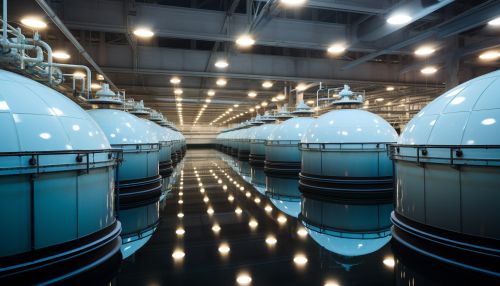
Chemical Water Treatment
Chemical water treatment processes involve the use of chemicals to treat water. These processes include coagulation, flocculation, disinfection, and softening.
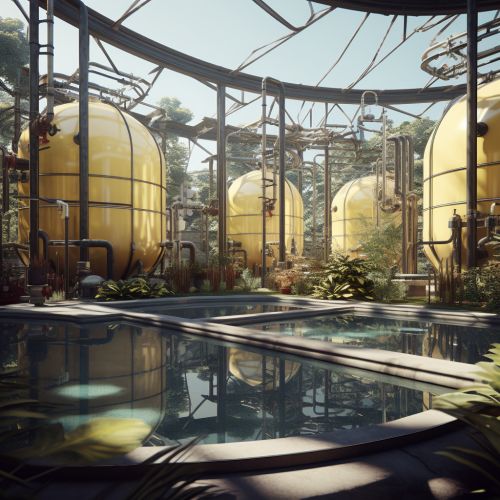
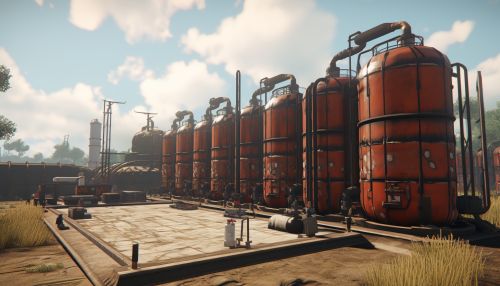
Biological Water Treatment
Biological water treatment processes use living organisms to treat water. These processes include activated sludge, trickling filters, and constructed wetlands.


Water Treatment Process
The water treatment process involves several stages, each designed to remove specific types of contaminants. The process begins with the collection of raw water from a source, followed by preliminary treatment, primary treatment, secondary treatment, and tertiary treatment.
Preliminary Treatment
The preliminary treatment stage involves the removal of large particles and debris from the water. This is usually achieved through screening and sedimentation.
Primary Treatment
The primary treatment stage involves the removal of suspended solids and organic matter from the water. This is typically achieved through sedimentation and flotation.
Secondary Treatment
The secondary treatment stage involves the removal of dissolved organic matter from the water. This is usually achieved through biological treatment processes.
Tertiary Treatment
The tertiary treatment stage involves the removal of remaining contaminants from the water. This is typically achieved through filtration and disinfection.
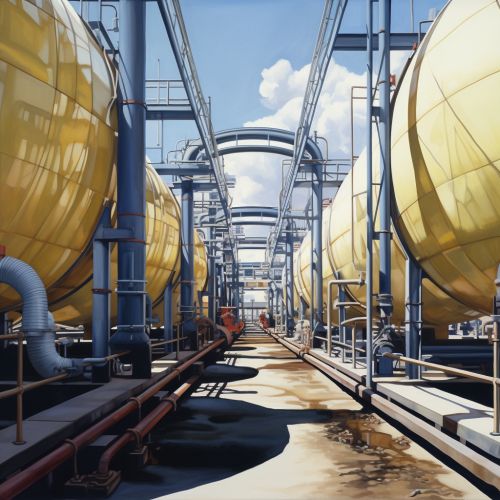
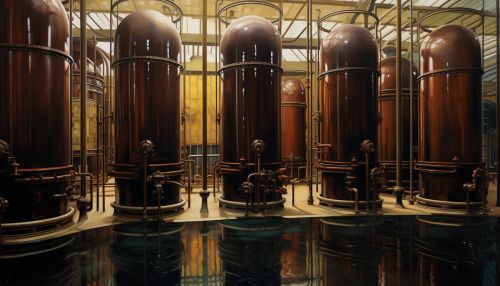
Water Treatment Technologies
There are numerous technologies available for water treatment, each with its own advantages and disadvantages. These technologies include conventional treatment, advanced treatment, and alternative treatment technologies.
Conventional Treatment Technologies
Conventional treatment technologies are widely used in water treatment plants around the world. These technologies include coagulation, flocculation, sedimentation, and filtration.
Advanced Treatment Technologies
Advanced treatment technologies offer improved performance and efficiency compared to conventional technologies. These technologies include membrane filtration, ultraviolet (UV) disinfection, and advanced oxidation processes.
Alternative Treatment Technologies
Alternative treatment technologies offer innovative solutions for water treatment. These technologies include constructed wetlands, biofiltration, and solar disinfection.
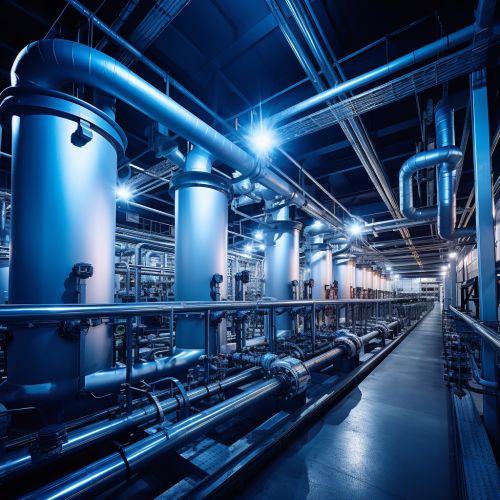
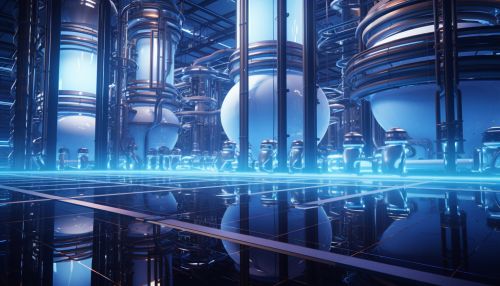
Environmental Impact
Water treatment processes have significant environmental impacts. These impacts include the consumption of energy and resources, the production of waste, and the potential for pollution.
Energy and Resource Consumption
Water treatment processes consume significant amounts of energy and resources. This includes the energy used to operate treatment plants and the resources used to produce treatment chemicals.
Waste Production
Water treatment processes produce waste in the form of sludge, spent chemicals, and residual contaminants. This waste must be properly managed to prevent environmental pollution.
Potential for Pollution
Water treatment processes can potentially cause pollution if not properly managed. This includes the release of untreated or inadequately treated wastewater into the environment.
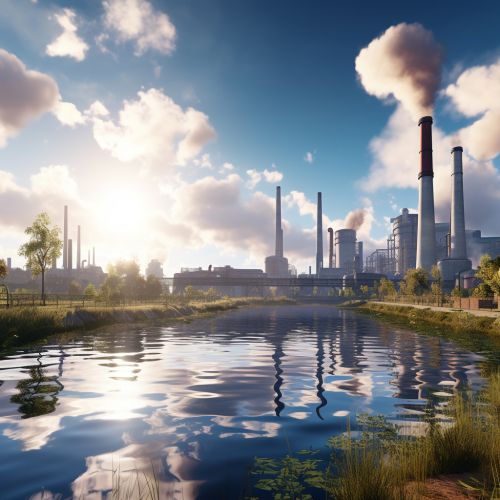
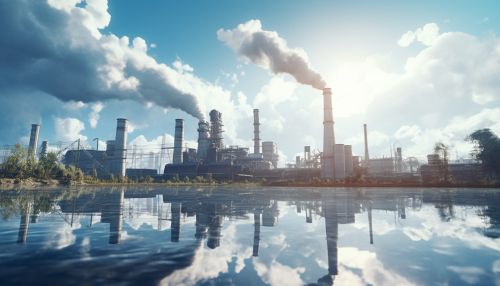
Conclusion
Water treatment is a critical process that ensures the safety and cleanliness of water for various uses. While the process has significant environmental impacts, advancements in technology and management practices are helping to reduce these impacts and improve the efficiency and effectiveness of water treatment.
